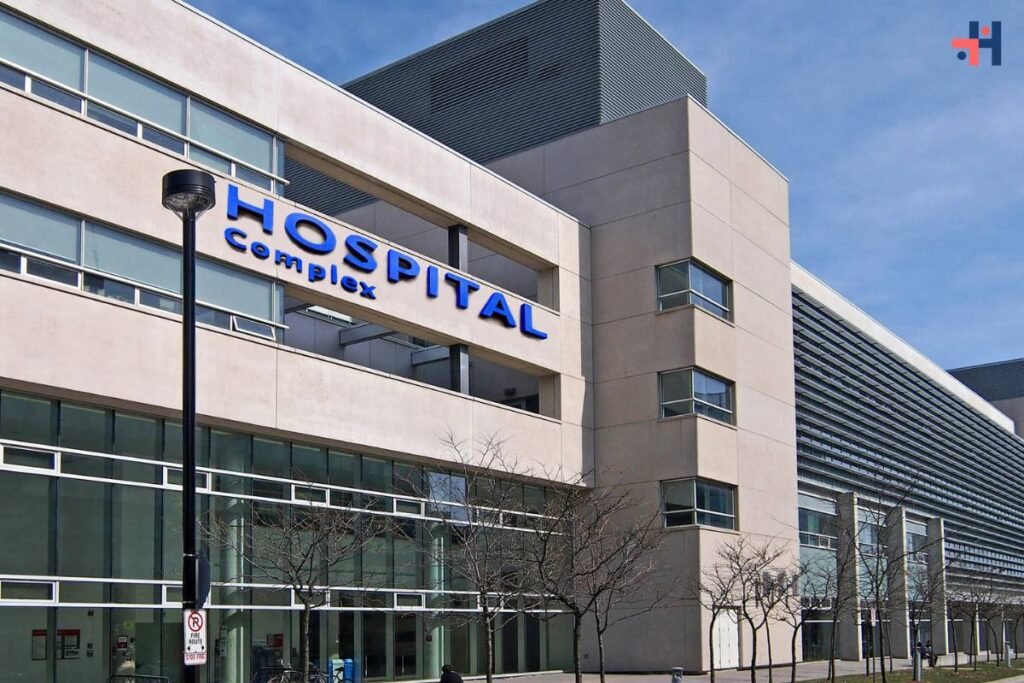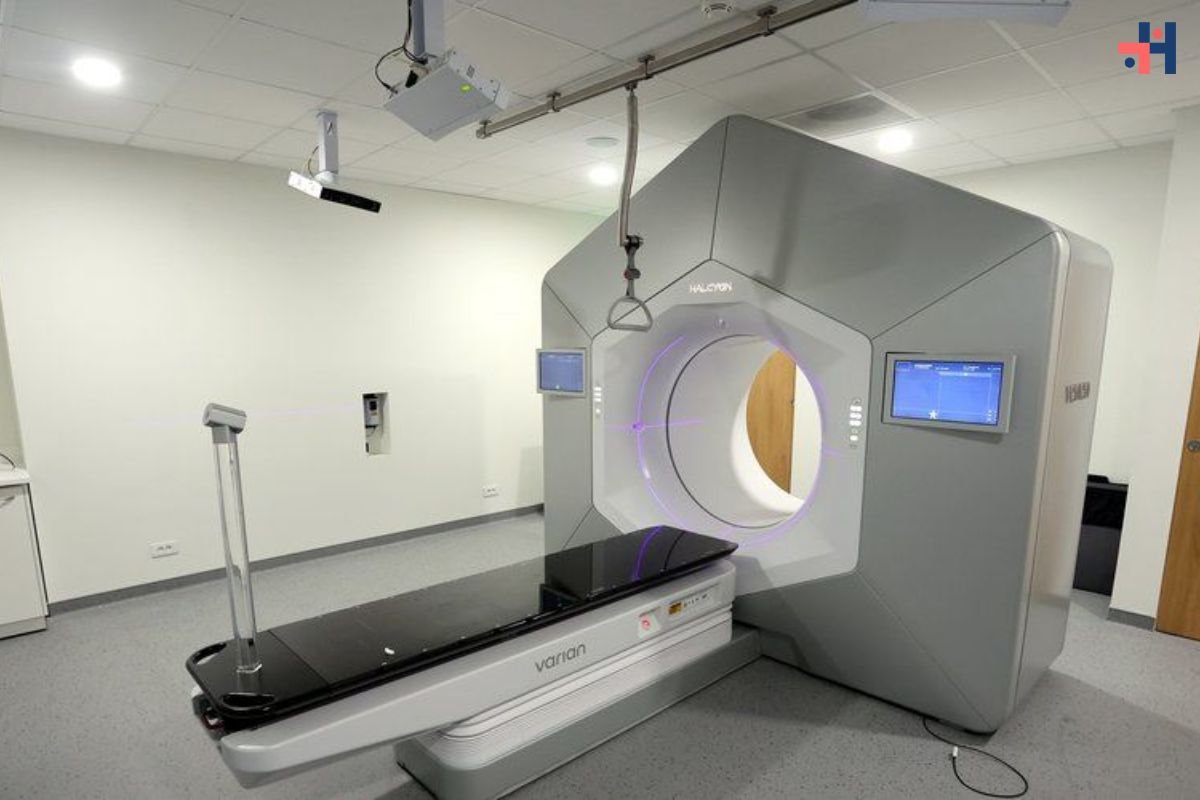Modern hospital architecture plays a crucial role in shaping the patient experience, enhancing clinical outcomes, and fostering innovation. From cutting-edge designs that prioritize patient comfort and well-being to sustainable practices that promote environmental stewardship, today’s hospital architecture reflects a diverse range of trends and innovations. In this comprehensive guide, we delve into the evolution of modern hospital architecture, exploring key trends, innovations, and the impact on patients, healthcare providers, and the broader community.
Understanding Modern Hospital Architecture
Modern hospital architecture encompasses a wide array of design principles, technologies, and considerations aimed at creating healing environments that support patient recovery, enhance staff productivity, and optimize operational efficiency. From the layout of patient rooms and treatment areas to the integration of advanced technologies and sustainable building practices, modern hospitals are designed with a focus on improving the overall healthcare experience for patients and providers alike.
Key Trends in

- Patient-Centered Design: Modern hospital architecture prioritizes patient comfort, privacy, and autonomy. Patient-centered design principles are incorporated into every aspect of hospital architecture, including the layout of patient rooms, the design of waiting areas, and the integration of natural light and green spaces.
- Flexibility and Adaptability: Hospitals are designed to be flexible and adaptable, capable of accommodating evolving healthcare needs, technological advancements, and changes in patient demographics. Flexible floor plans, modular construction techniques, and adaptable infrastructure enable hospitals to respond quickly to changing healthcare demands.
- Integration of Technology: Modern hospitals leverage cutting-edge technologies to enhance patient care, improve clinical workflows, and optimize operational efficiency. From advanced medical imaging systems and robotic-assisted surgery to telemedicine platforms and electronic health records, technology is seamlessly integrated into the fabric of hospital architecture.
- Sustainability and Wellness: Sustainability is a central consideration in modern hospital architecture, with an emphasis on energy efficiency, waste reduction, and environmentally friendly design practices. Green building techniques, renewable energy systems, and sustainable materials contribute to healthier indoor environments and reduced environmental impact.
- Community Engagement: Modern hospitals are designed to be integral parts of the communities they serve, with an emphasis on accessibility, inclusivity, and community engagement. Hospitals often incorporate public spaces, community gardens, and educational facilities to foster connections with the surrounding community and promote health and wellness beyond the walls of the hospital.
Innovations

- Evidence-Based Design: Evidence-based design principles inform modern hospital architecture, drawing on research and empirical data to optimize healthcare environments for patient safety, comfort, and healing. Design features such as noise reduction measures, access to natural light, and ergonomic furnishings are based on scientific evidence of their impact on patient outcomes.
- Biophilic Design: Biophilic design principles emphasize the connection between humans and nature, integrating elements of the natural world into the built environment to promote health and well-being. Modern hospitals incorporate biophilic design elements such as indoor gardens, green roofs, and views of nature to reduce stress, improve mood, and enhance the healing process.
- Modular Construction: Modular construction techniques are increasingly being used in modern hospital architecture to expedite construction timelines, reduce costs, and minimize disruption to hospital operations. Prefabricated building components, modular room layouts, and off-site construction methods enable hospitals to build faster, more efficiently, and with greater flexibility.
- Smart Building Technologies: Smart building technologies are revolutionizing modern hospital architecture, enabling hospitals to optimize energy use, improve facility management, and enhance the patient experience. Automated lighting and climate control systems, real-time location tracking for equipment and personnel, and IoT-enabled healthcare devices are just a few examples of how technology is transforming hospital design and operations.
The Impact of Modern Architecture
- Improved Patient Outcomes: Modern hospital architecture has been shown to have a positive impact on patient outcomes, with evidence suggesting that well-designed healthcare environments can reduce stress, improve recovery times, and enhance overall patient satisfaction.
- Enhanced Staff Productivity: Hospitals designed with the needs of healthcare providers in mind can improve staff morale, reduce burnout, and enhance productivity. Efficient layout designs, ergonomic workstations, and advanced technology integration can streamline clinical workflows and improve staff efficiency.
- Community Health and Well-being: Modern hospitals serve as community hubs for health and wellness, providing access to essential healthcare services, educational resources, and community outreach programs. By promoting preventive care, healthy lifestyles, and community engagement, hospitals contribute to the overall health and well-being of the communities they serve.
- Sustainable Development: Sustainable hospital architecture has a positive impact on the environment, reducing energy consumption, minimizing waste generation, and lowering carbon emissions. By adopting green building practices and renewable energy solutions, modern hospitals demonstrate a commitment to environmental stewardship and contribute to global efforts to address climate change.

Conclusion:
As healthcare continues to evolve, modern hospital architecture will play an increasingly critical role in shaping the future of healthcare delivery. By embracing innovative design principles, integrating advanced technologies, and prioritizing patient-centered care, modern hospitals are poised to transform the healthcare experience for patients, providers, and communities alike. With a focus on sustainability, wellness, and community engagement, modern hospital architecture represents a bold vision for the future of healthcare—one that prioritizes health, healing, and humanity.










